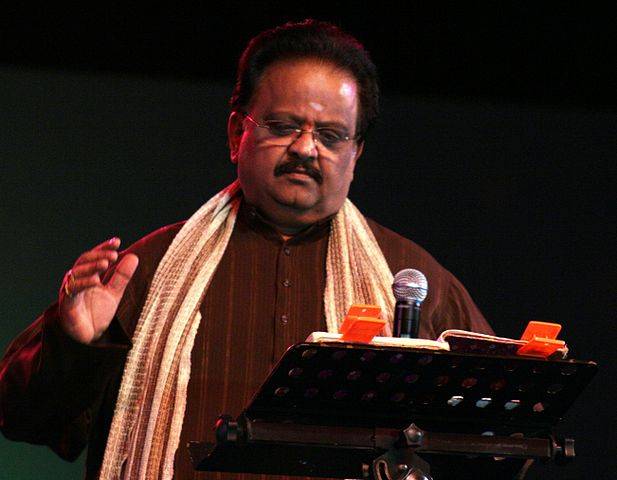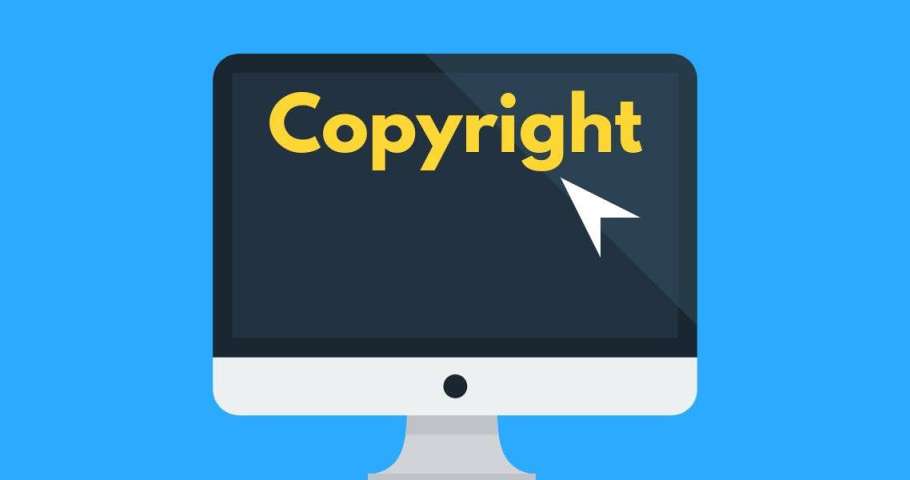After the Wynk decision of the Bombay High Court, which came to the conclusion that internet broadcasting is not covered under Section 31D of the Copyright Act, the record labels are on a drive to convince the Government, industry and academics that statutory licensing does not provide fair value to sound recording holders. Their efforts seem to have doubled and tripled after publication of the draft Copyright Rules, 2019, which proposed to include internet broadcasting within the scope of statutory…








